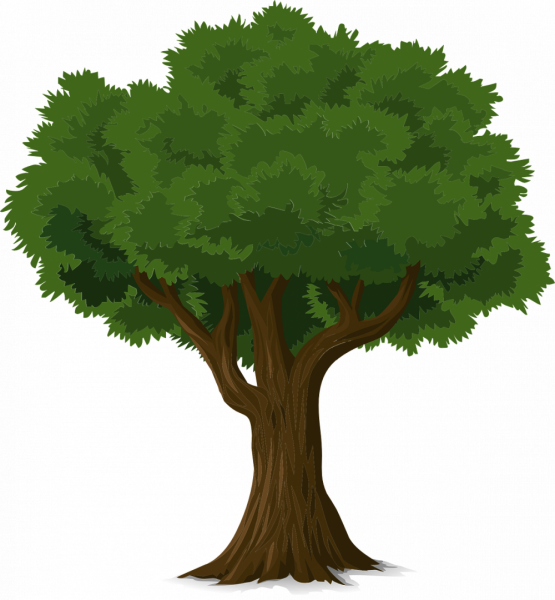Expressionism in Art: Exploring its Origins, Types, and Significance

Introduction:
Expressionism in art is a multifaceted movement that emerged in the early 20th century. It sought to provoke intense emotional responses, convey personal experiences, and challenge traditional artistic norms. This article delves into the captivating world of expressionism, providing a comprehensive overview of its characteristics, popular forms, historical context, as well as its pros and cons.
I. The Essence of Expressionism:

Expressionism in art is an artistic movement focused on conveying strong emotions, inner thoughts, and personal experiences through visual representation. It originated as a reaction against the restrained and impressionistic artistic styles of the late 19th century. By emphasizing subjectivity and individuality, expressionism aimed to push the boundaries of art and evoke emotional responses from the audience. The movement was not limited to any specific art form but encompassed painting, sculpture, literature, theater, and film.
II. Exploring Different Forms of Expressionism:
1. Abstract Expressionism:
Abstract expressionism is known for its non-representational and spontaneous nature. Artists such as Jackson Pollock and Willem de Kooning utilized bold brushstrokes, vibrant colors, and dynamic compositions to convey their innermost emotions. The movement became popular in the United States during the mid-20th century and emphasized the artist’s gestural expression and exploration of the subconscious.
2. Die Brücke and Der Blaue Reiter:
These two major expressionist groups emerged in Germany, each with its distinctive style. Die Brücke focused on portraying raw emotions and city life, with members including Ernst Ludwig Kirchner and Emil Nolde. Der Blaue Reiter, led by Wassily Kandinsky and Franz Marc, sought to express spirituality through abstract forms and vibrant colors, often inspired by nature and mythology.
3. Fauvism:
Fauvism, led by Henri Matisse and André Derain, explored the use of bold, vibrant, and non-naturalistic colors. The movement aimed to evoke strong emotional responses and challenge traditional concepts of color and representation.
III. Quantitative Measurements in Expressionism:
While it may seem challenging to quantify the impact of expressionism, several key factors can provide insight into its significance. The number of artworks produced, exhibitions held, and the influence on subsequent generations of artists are some indicators of expressionism’s enduring impact.
IV. Distinguishing Features within Expressionism:
Expressionism encompasses a vast spectrum of styles and techniques, making it crucial to understand the variations within the movement. From the bold and energetic brushstrokes of abstract expressionism to the dreamlike landscapes of Kirchner, each artist brought their unique interpretation to expressionism’s core principles.
[Videoklipp:
V. Historical Analysis of Expressionism’s Pros and Cons:
1. Advantages of Expressionism:
Expressionism allowed artists to break free from traditional constraints, giving voice to marginalized experiences and emotions. It sparked a revolution in art, encouraging artists to explore their deepest thoughts and challenge societal norms. The movement also paved the way for various artistic approaches and later influenced other significant art movements.
2. Criticisms of Expressionism:
Critics argue that expressionism’s subjective nature and emphasis on personal experiences often result in artwork that can be difficult for some viewers to understand or appreciate. Moreover, the movement’s rejection of traditional forms and techniques led some to dismiss it as chaotic and lacking technical skill. However, these perceived disadvantages are also seen as strengths by many enthusiasts, as they encapsulate the movement’s true essence.
Conclusion:
Expressionism in art remains a powerful and influential movement that continues to captivate artistic enthusiasts worldwide. Its ability to convey intense emotions, challenge conventions, and provide a unique lens into the human experience ensures that expressionism will forever hold a significant place in the annals of art history.
Word count: 582
FAQ
What are some popular types of expressionism in art?
What are the advantages and disadvantages of expressionism in art?
What is expressionism in art?
Fler nyheter
Aboriginer konst: En Översikt av Konstformen från Australiens Urinvånare
Introduction: Expressionism in art is a multifaceted movement that emerged in the early 20th century. It sought to provoke intense emotional responses, convey personal experiences, and challenge traditional artistic norms. This article delves into th...
Jon Larsson
18 januari 2024
Gomér och Andersson Konst: En Fördjupande Översikt
Introduction: Expressionism in art is a multifaceted movement that emerged in the early 20th century. It sought to provoke intense emotional responses, convey personal experiences, and challenge traditional artistic norms. This article delves into th...
Jon Larsson
18 januari 2024
Postmodern Konst: En Djupdykning i Det Moderna Uttrycket
Introduction: Expressionism in art is a multifaceted movement that emerged in the early 20th century. It sought to provoke intense emotional responses, convey personal experiences, and challenge traditional artistic norms. This article delves into th...
Jon Larsson
18 januari 2024
Konst för klassiker: En fördjupning i tidlös konst
Introduction: Expressionism in art is a multifaceted movement that emerged in the early 20th century. It sought to provoke intense emotional responses, convey personal experiences, and challenge traditional artistic norms. This article delves into th...
Jon Larsson
17 januari 2024











